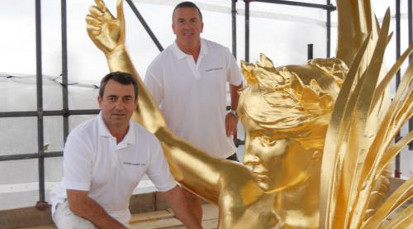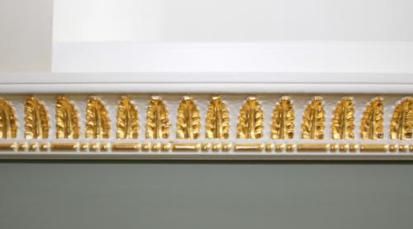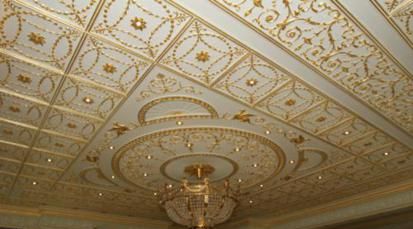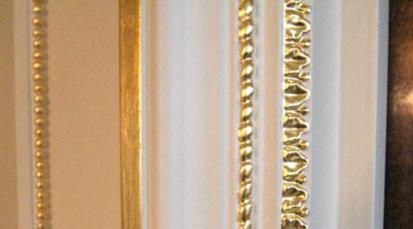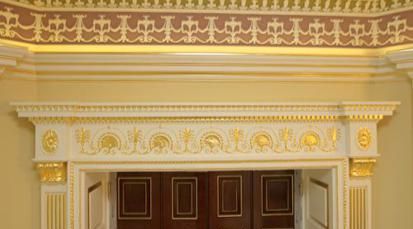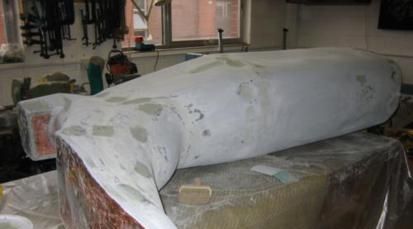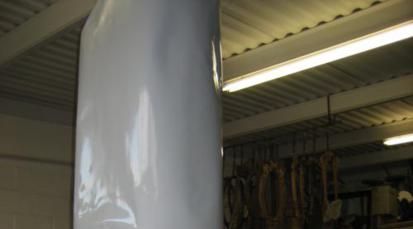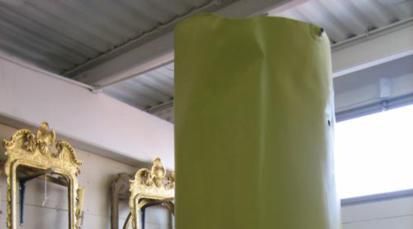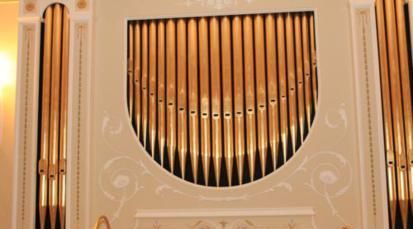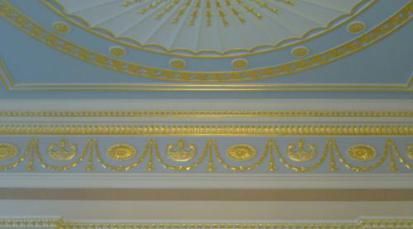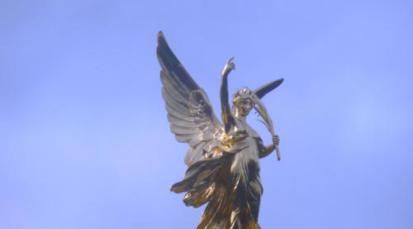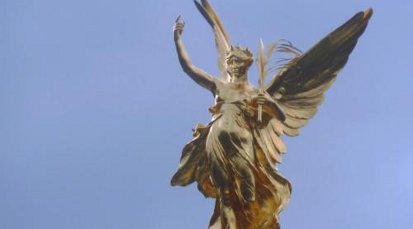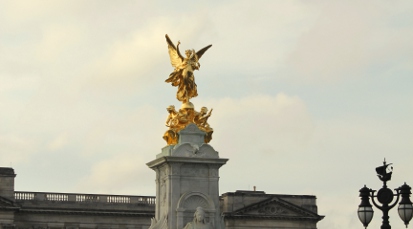
GILDING
Click on the main image below for full size versions. Click on the thumbnails for a large preview of each image.
Gold leaf was first produced in ancient Egypt and Mesapotamia and used to decorate Funerary masks, Sarcophagi, furniture and musical instruments. The process of beating gold to make Gold leaf has changed little in 5000 years while gilding itself is ostensibly the same. Our craftsmen keep alive an ancient and venerable tradition. Gold leaf is generally applied by one of two processes: Oil Gilding: For exterior work such as railings, weather vanes, clocks and monuments oil-gilding is durable and weather resistant. In Britain, oil-gilding is also used for interior decoration of plasterwork and carved wooden elements such as cornices and architraves. Oil size can be applied to almost any non-porous surface after which it is normally left for 24-48hrs before the gold leaf is applied. 'Skewings' or loose gold is removed with a soft brush before the whole surface is polished with cotton wool and hot water. Water-Gilding: Furniture and frames are traditionally water-gilt. This process is far more complex and labour-intensive than oil-gilding but the results can be sublime. The (mostly wood) surface is prepared with up to 10 layers of Gesso (whiting & rabbit skin glue) to fill the grain and create a smooth surface not unlike porcelain. After this several layers of Bole.



